Gaddess, Andrew
Killed in Action 1944-10-04
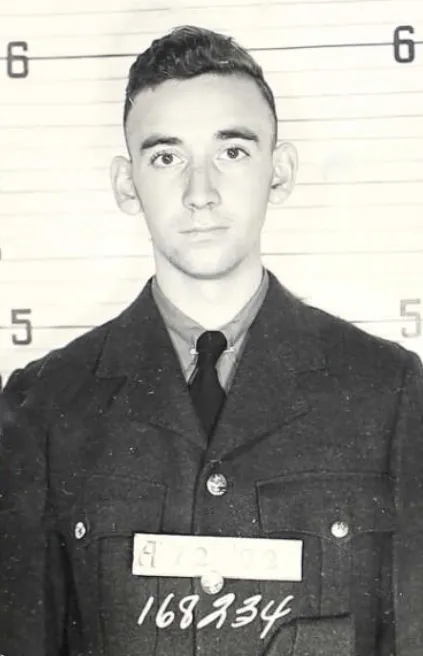

Birth Date: 1923
Born:
Son of Andrew and Ann S. Gaddess, of Welland, Ontario, Canada.
Home: Welland, Ontario
Enlistment:
Enlistment Date: Unknown
Service
RCAF
Unit
419 (B) Sqn- Squadron
Moosa Aswayita Beware of Moose
Base
Rank
Flying Officer
Position
Flying Officer
Service Numbers
J/35101
Home
 Welland, Ontario
Welland, Ontario
Target
 Bergen Norway
Bergen Norway
Lancaster Mk.X KB745
Bombing Bergen Norway 1944-October-04 to 1944-October-04
419 (B) Sqn (RCAF) Middleton St.George
German U-Boats had been forced out of the Biscay ports following the Allied liberation of France and Bergen was one of several Norwegian ports now being used as thu forward operating bases for the U-boats. The pens at Bergen were being enlarged, with an influx of German technicians and a large labour force. 93 Halifaxes and 47 Lancasters of 6 and 8 Groups were dispatched to attack Bergen, most of the aircraft being allocated to the pens but 14 Halifaxes and 6 Lancasters were ordered to bomb individual U-boats known to be moored in the harbour. 12 Mosquitoes of too Group acted as a long-range fighter escort.
The raid appeared to be successful and only 1 Lancaster was lost. A detailed report from the city of Bergen supplies the actual results. 7 bombs hit the U-boat pens, causing little structural damage because of the thickness of the concrete roof; but the electrical-wiring system in the pens was completely put out of action. Nearby ship-repair yards were seriously damaged. 3 U-boats were damaged by the bombing but they did not sink. 3 other small ships were hit; two of them sank and the third, the German auxiliary Schwabenland, had to be put in dry dock for repair.
But, as so often in raids on targets in the Occupied Countries, the bombing spread to civilian areas. The local report continues: 'As regards civilian casualties and damage, the raid is still remembered with horror. Bergen suffered little damage in comparison with other occupied towns and cities in Europe but the raid of 4th October was the worst of the war for us.' 60 houses were destroyed or so badly damaged that they had to be demolished; 600 people lost their homes. Civilian casualties are recorded at only 2 places but they were tragic. A school, opened only that day after a break, received a direct hit in the basement where 2 classes were sheltering; 60 children, 2 teachers and 17 air-raid workers in the same shelter were killed. Another shelter, at a nearby factory, was also hit and a further 34 people were killed and about I00 were injured there. 7 of the dead Norwegians were members of the local Resistance Movement. The Germans admitted the deaths of 12 of their.own men.
source: The Bomber Command War Diaries, Martin Middlebrook and Chris Everitt
Lancaster KB745
Avro Lancaster

Canadian Warplane Heritage Museum
The Avro Lancaster is a British Second World War heavy bomber. It was designed and manufactured by Avro as a contemporary of the Handley Page Halifax, both bombers having been developed to the same specification, as well as the Short Stirling, all three aircraft being four-engined heavy bombers adopted by the Royal Air Force (RAF) during the same wartime era.
The Lancaster has its origins in the twin-engine Avro Manchester which had been developed during the late 1930s in response to the Air Ministry Specification P.13/36 for a capable medium bomber for "world-wide use". Originally developed as an evolution of the Manchester (which had proved troublesome in service and was retired in 1942), the Lancaster was designed by Roy Chadwick and powered by four Rolls-Royce Merlins and in one version, Bristol Hercules engines. It first saw service with RAF Bomber Command in 1942 and as the strategic bombing offensive over Europe gathered momentum, it was the main aircraft for the night-time bombing campaigns that followed. As increasing numbers of the type were produced, it became the principal heavy bomber used by the RAF, the Royal Canadian Air Force (RCAF) and squadrons from other Commonwealth and European countries serving within the RAF, overshadowing the Halifax and Stirling. Wikipedia
419 (B) Sqn Moosa Aswayita ("Moose")
History of the Squadron during World War II (Aircraft: Wellington IC, III, Halifax II, Lancaster X)
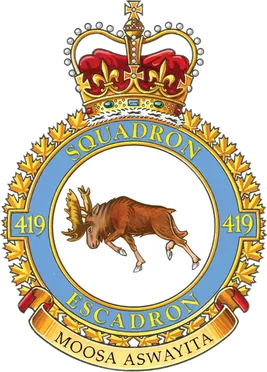
419 (Bomber) Squadron formed at RAF Mildenhall, Suffolk, UK in 1941 as part of No 3 Group of Bomber Command. It got its name from its first commanding officer, Wing Commander John "Moose" Fulton, DSO, DFC, AFC. The squadron operated Vickers Wellington, then Handley Page Halifax and finally Avro Lancaster bombers through the course of WWII, with the squadron code letters VR. It was the third RCAF bomber unit to be formed in England. It started operations in January 1942, converting almost immediately from Wellington Mk ICs to Wellington Mk IIIs and then moving north to Leeming, Yorkshire, as part of 4 Group Bomber Command in August 1942. After short stays at Topcliffe and Croft , it moved to Middleton St. George, County Durham in November 1942, from which it flew until the end of hostilities. Here in November 1942 it was re-equipped with Halifax Mk IIs, which it flew for the next 18 months on the night offensive against Germany. In January 1943 it joined the newly formed 6 (RCAF) Group of Bomber Command.
In April 1944 the squadron began to convert to the Avro Lancaster Mk X, which was produced in Canada and flown across the Atlantic. The squadron remained continuously on the offensive until 25 April 1945, when it flew its last sortie. Squadron personnel flew a total of 4,325 operational sorties during the war from Mannheim to Nuremberg, Milan to Berlin and Munich to Hanover, inflicting heavy damage on the enemy. On completion of the war in Germany, the squadron was earmarked to become part of the proposed "Tiger Force" to continue the war against Japan. However, the Japanese surrender in August 1945 led to the disbandment of the squadron in at Yarmouth, Nova Scotia September 1945.
As a result of its wartime record, 419 Squadron became one of the most decorated units under the RCAF during the war. Over a span of roughly three-and-a-quarter years it logged 400 operational missions (342 bombing missions, 53 mining excursions, 3 leaflet raids and 1 "spoof") involving 4,325 sorties. A total of one hundred and twenty nine aircraft were lost on these operations. Members of the squadron accumulated 1 VC, 4 DSO's, 1 MC, 150 DFC's, 3 bars to DFC, 1 CGM, 35 DFM's: the VC was awarded posthumously to Flight Sergeant Andrew Mynarski for his attempts to help a fellow crew member escape from their burning aircraft. Battle Honours were: English Channel and North Sea 1942-44, Baltic 1942-44, Fortress Europe 1942-44, France and Germany 1944-45, Biscay Ports 1942-44, Ruhr 1942-45, Berlin 1943-44, German Ports 1942-45, Normandy 1944, Rhine, Biscay 1942; 1944. Wikipedia, Kostenuk and Griffin
 Squadron History (Bomber Command Museum)
Squadron History (Bomber Command Museum)
Maps for Movements of 419 Squadron 1941-45
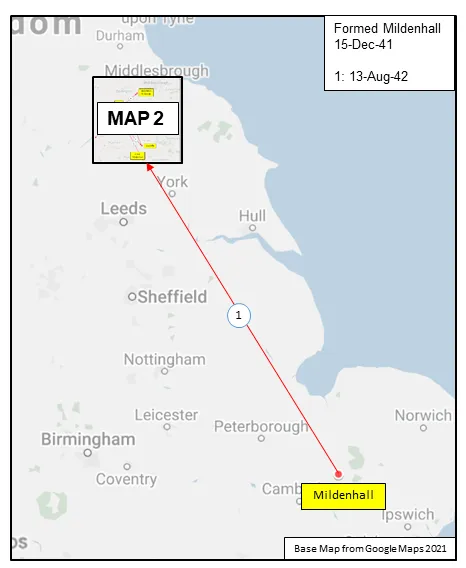 MAP 1: 419 Squadron Movements Dec 1941-Aug-42 (right-click on image to display enlarged new tab) | 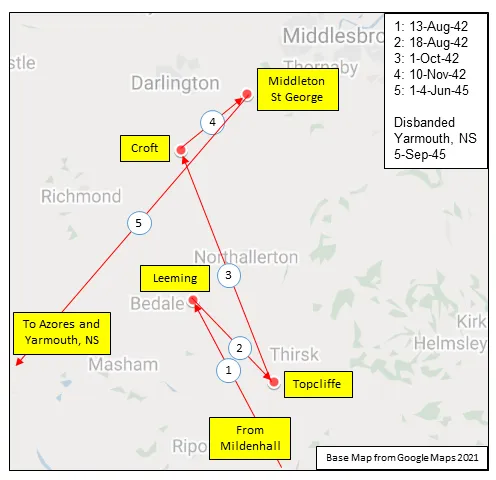 MAP 2: 419 Squadron Movements Aug 1942-Jun 1945 | 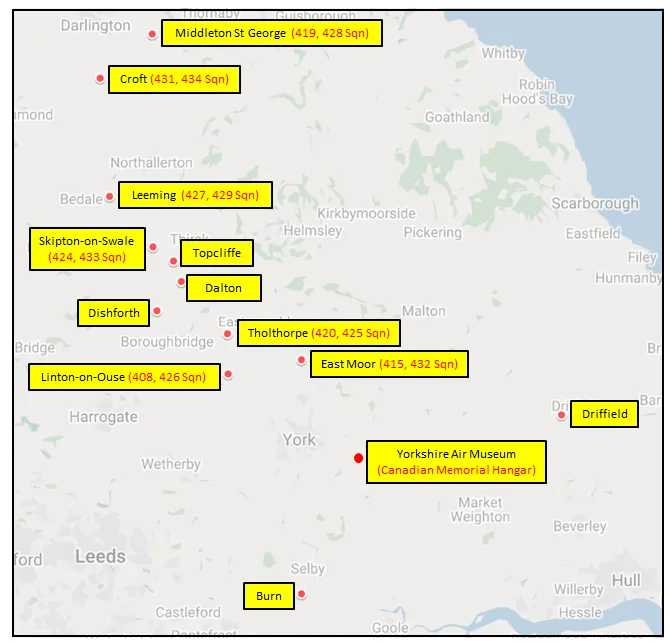 MAP 3: 6 Group Bomber Bases 1943-1945 |
419 Squadron History Summary 1941-45
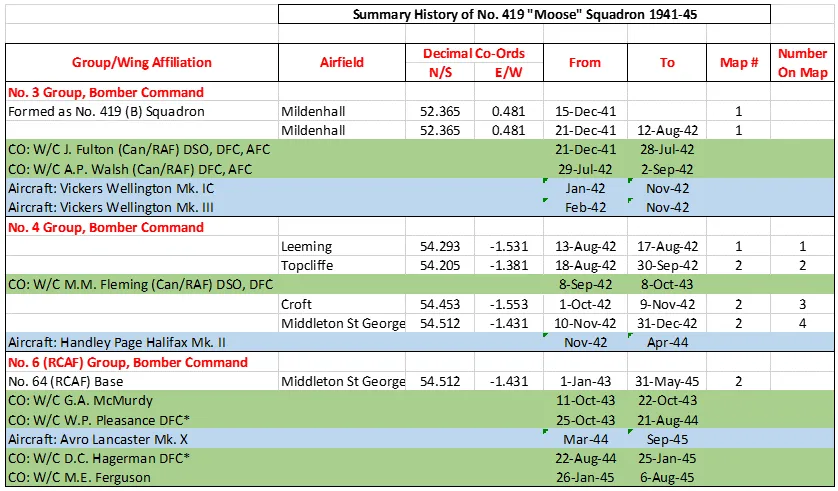
419 Squadron History Summary 1941-45 Page 2

History of the Squadron Post-WWII (Aircraft: Canuck, Silver Star, Freedom Fighter, Hornet)
The squadron was reactivated on 15 March 1954 at North Bay, Ontario , as an all-weather fighter squadron flying the CF-100 Canuck. It moved to the NATO Air Division base at Baden-Soellingen, Germany shortly after being formed. The squadron remained there until its disbandment in December 1962.
The squadron was again re-formed in December 1970, when it relocated to Cold Lake, Alberta as No. 1 Canadian Forces Flight Training School. It initially flew the T-33 Silver Star but then transitioned to the Canadair CF-5 Freedom Fighter. The squadron was on full active duty in November 1975 but disbanded again 20 years later when the CF-5’s were retired in June 1995.
The squadron was again reactivated as 419 Tactical Fighter (Training) Squadron on 23 July 2000. The squadron has since conducted Phase IV of the NATO Flying Training Canada (NFTC) program for the air forces of Canada, Austria, Denmark, Italy, Hungary, Saudi Arabia, Singapore, the United Arab Emirates and the United Kingdom. This program trains basic jet pilots to become fighter pilots and prepares them for training on CF-188 class aircraft through instruction in Air-to-Air and Air-to-Ground combat tactics over a six month period.
 Canadian Virtual War Memorial
Canadian Virtual War Memorial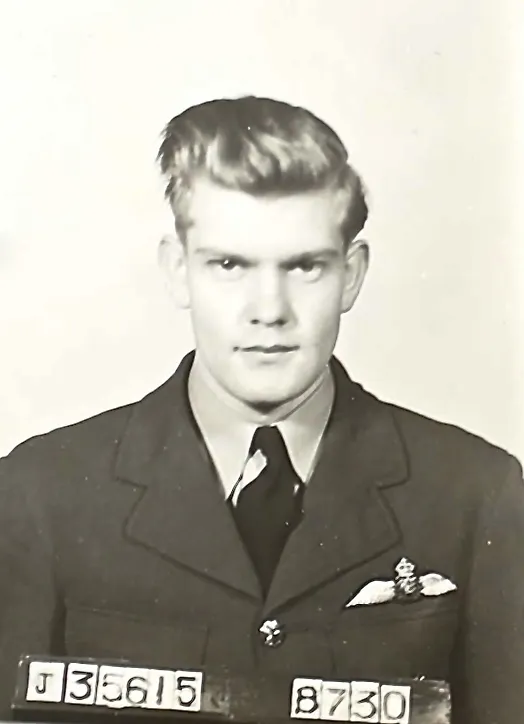
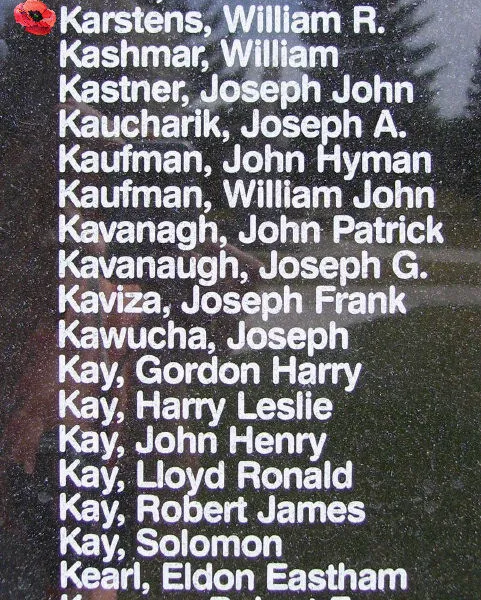

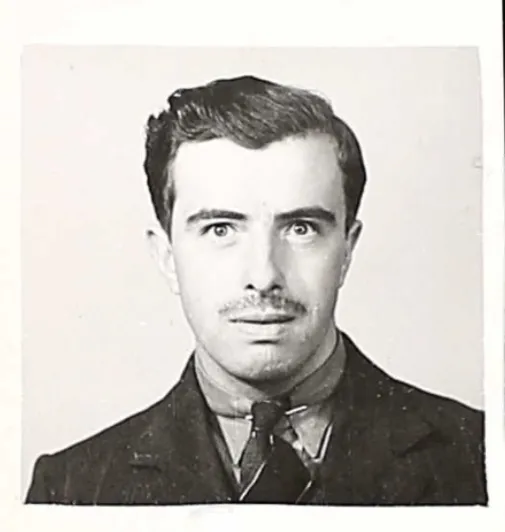

 Lancaster Bomber
Lancaster Bomber Wikipedia
Wikipedia Harold A Skaarup Web Page
Harold A Skaarup Web Page